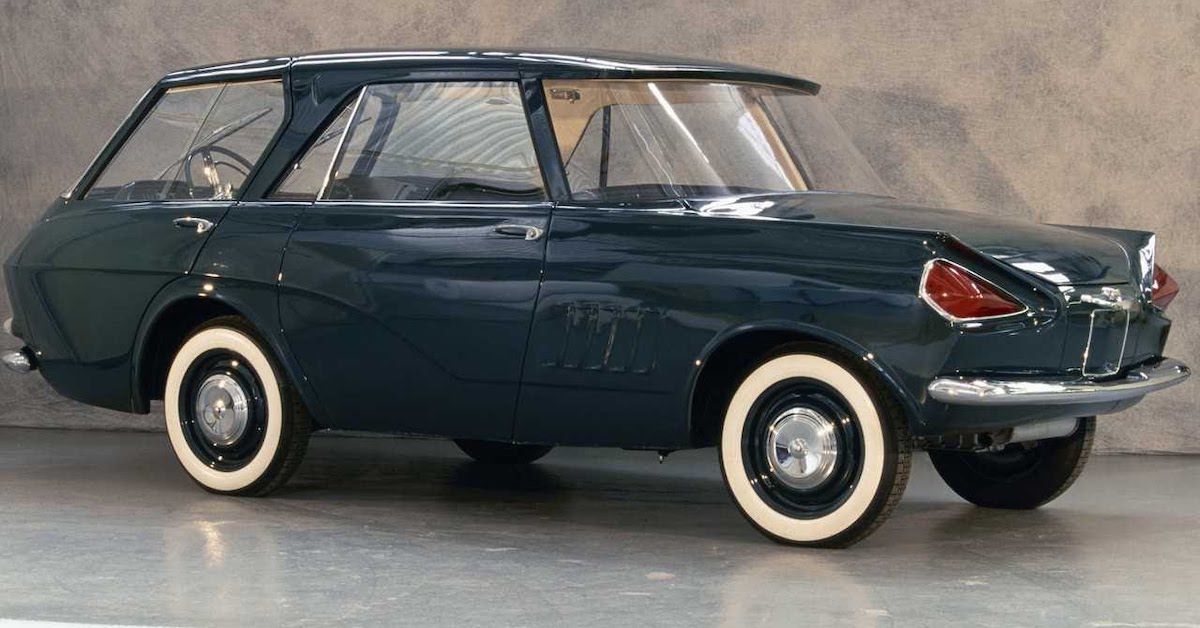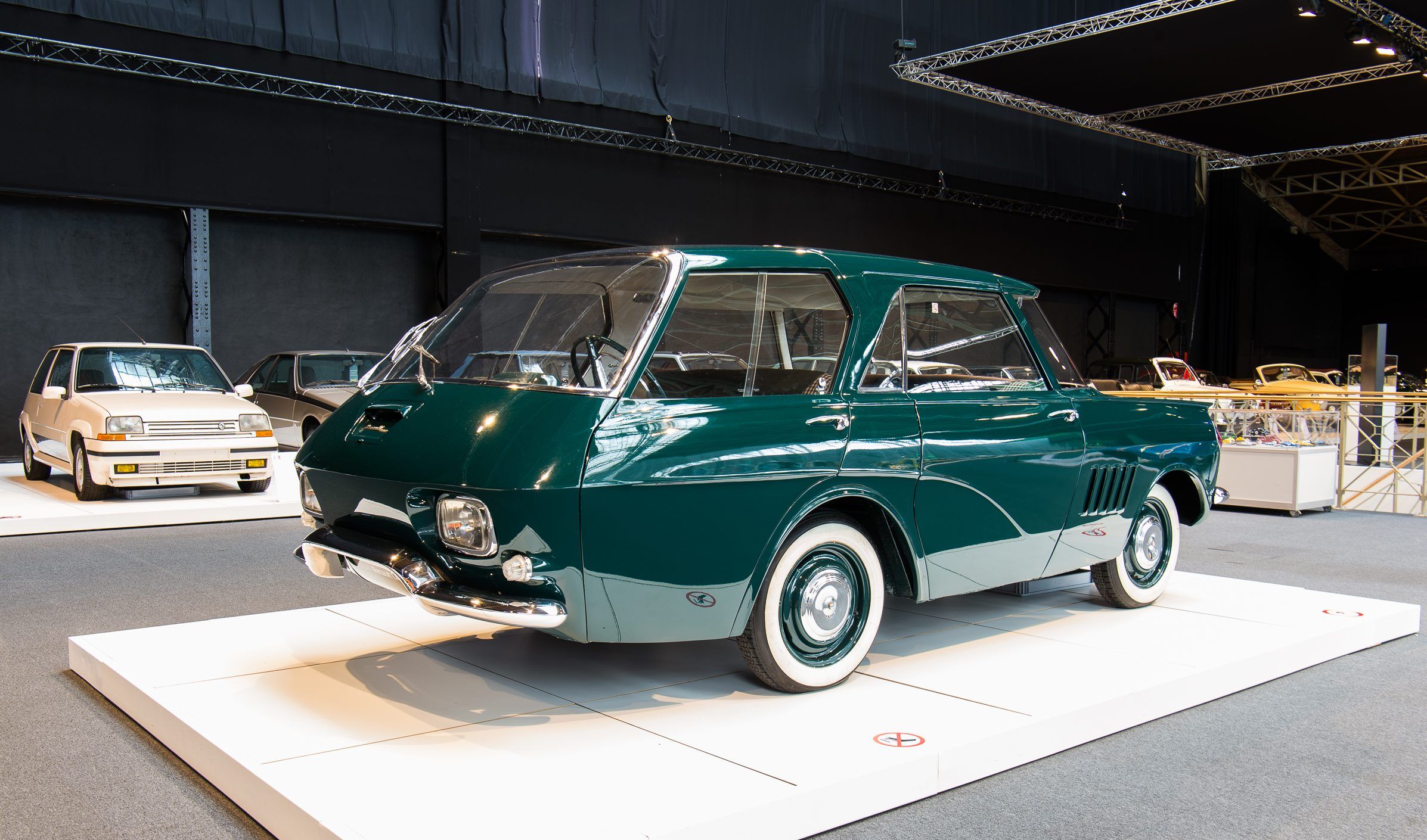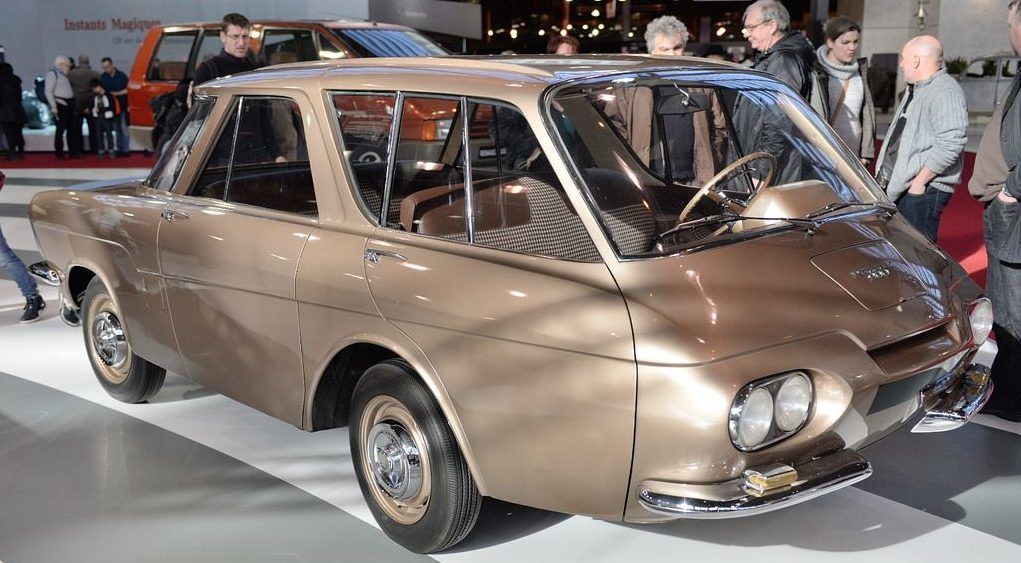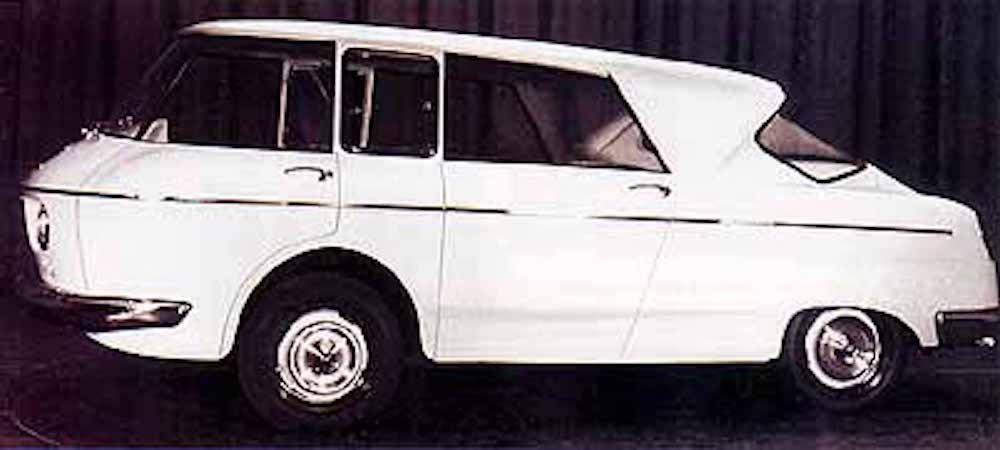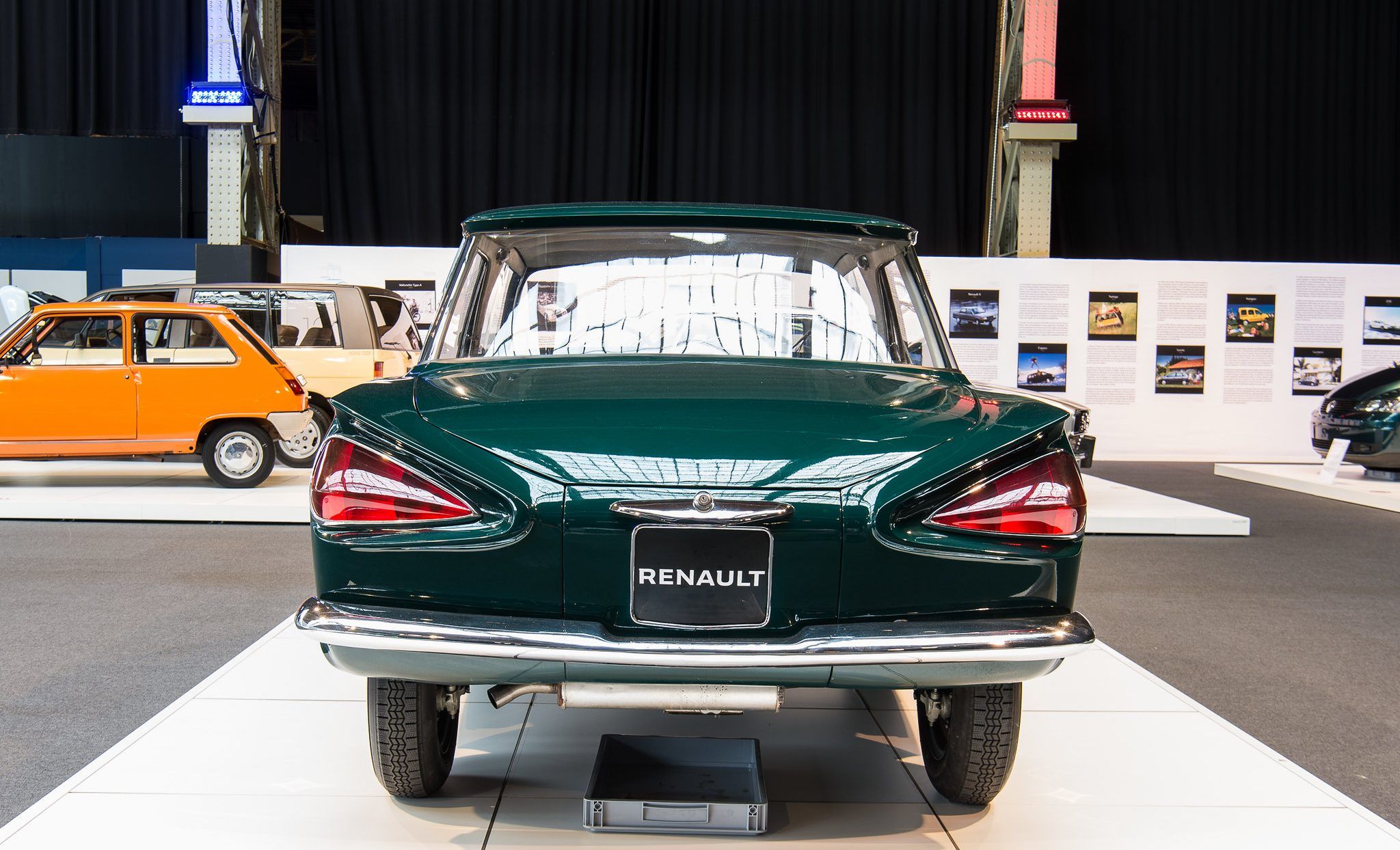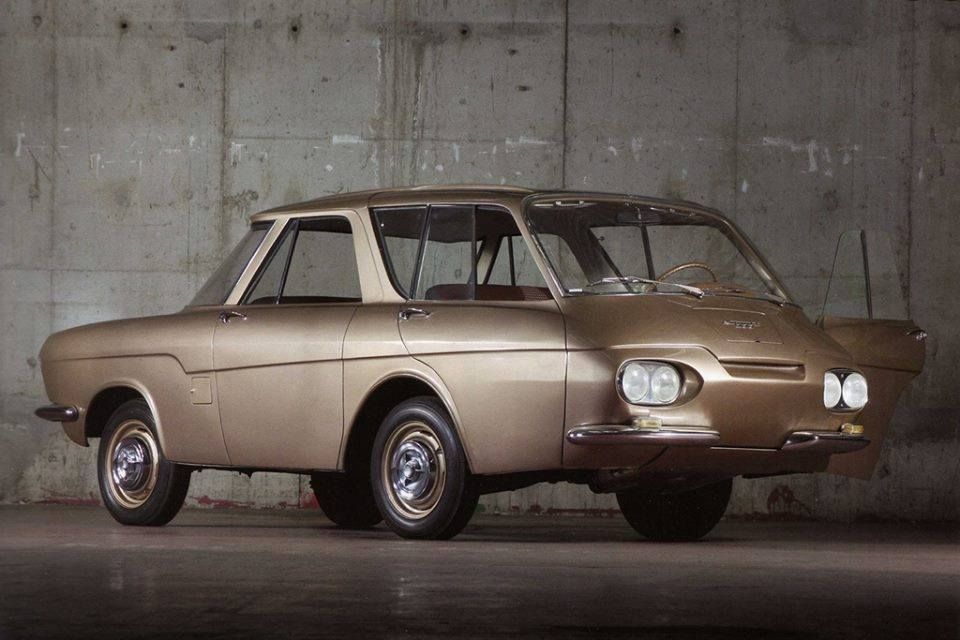We've become so groomed to what a typical car can and should look like. You got your engine in the front underneath a long hood, as per usual. The engine, at least in a base model sedan, isn't something to sneeze over: 4 cylinders, maybe 6, but enough to get you going. And in the back, there's a trunk or a hatch, a place you can easily load and unload any luggage you may have.
But the Frenchies had a bone to pick with the traditional styling of classic cars and decided to break all the rules when designing the Renault Project 900. What you think is the front is actually the back. There isn't a trunk, nor is there a frunk. It's the optical illusion of concept cars, with some interesting features inside and out.
While the design didn't catch on, you can't dismiss the fact that Renault took a chance with this new, daring concept car. So let's take a look at what made this completely unique, visually confusing car one of the oddest concept cars ever made.
The Reason Behind Its Reversed Design
To the average onlooker, there really is no reason for the design to have been backward. It looks like a regular car from the rear end, the only difference being the red headlights (or rather, the taillights). However, Renault wanted to experiment with new ways to maximize the interior space and find new ways to create an ultra-luxurious cabin. The wonky design just so happened to be a... side effect...
The first prototype of the Project 900 was built in 1959, it was built to enter a concept for the taxi or tomorrow (back in the 50s, that is). The goal was to provide as much room inside for passengers as possible, and despite its odd methodology, Project 900 did that... effectively! There was room for 6 in the spacious cabin, three in the front, three in the back, and four doors for ease of entry.
A Variety Of Variants
Three different prototypes were built and, as mentioned before, the first one came out in 1959. To maximize space, the engine was thrown in the rear (which looks like the hood of the car if you're looking at it backward). In some ways, this made sense: it maximized room upfront to the point where the driver was sitting ahead of the front wheels. However, with the engine where the trunk would be, there was no room for a trunk. Any luggage you had would need to be stuffed behind the rear seats, and while the passengers had plenty of room, their luggage did not.
This glaring issue was resolved in the second prototype by nudging the engine back slightly in front of the rear axle. This created a usable trunk in the back, without cramping up the interior. Granted, even with the engine shimmied forward, the trunk space still ended up being sub-par at best.
Then there's the third prototype, which is by far the rarest, acting as nothing more than a proof of concept. Ghia went a little mad and designed a fastback version of the Project 900, which looks like a slightly skewed Dodge A100 van... if you squint. Though credit where credit is due, it certainly had a bigger trunk.
But the strangeness doesn't stop with its distinct look, for under the hood (or trunk, depending on the prototype) lies a very peculiar engine.
The Smallest V8 Ever Made.
The Renault Project 900 never made it past the conceptual phase, which means it's not the smallest V8 ever produced. That title belongs to the Ferrari 208 GT4, which had a 2.0L V8 that puffed out around 170 horsepower. But the engine in the concept Project 900 shattered that record, with only 1.7L of displacement, and a ballpark estimate of 80 horsepower. The engine, whether it was placed in the front or the back, was actually made up of two engines mounted together: a pair of in-line 4 cylinder engines straight out of the Renault Gordini.
What's The Point Of This Thing?
Renault made it clear from the start that they had zero intentions of putting Project 900 into production. Period. And truth be told, that's probably for the better. Many of the groundbreaking ideas were too far ahead of the times, like the driving position, which made 50s motorists feel insecure behind the wheel. The only other vehicle that seated the driver ahead of the front axle was the Mercedes "Blue Wonder," the high-speed race car transport vehicle introduced in 1955. And even if that weren't an issue, the general impracticality of the car couldn't be excused. Even with the engine in the front, the trunk space was dismal. If the passengers were carrying more than a handbag you'd be in trouble.
It was too extravagant for regular roads and too useless for the average motorist, so why'd Renault do it? Simple: to experiment. To do something nobody else had done. To break the mold, and showcase how central rear engines can work in more than just supercars. And while the two aren't directly linked, it served as a segway to the renowned Renault 4. Project 900 shifted people's perspectives on how a car could be shaped and proved that nothing is etched in stone.

